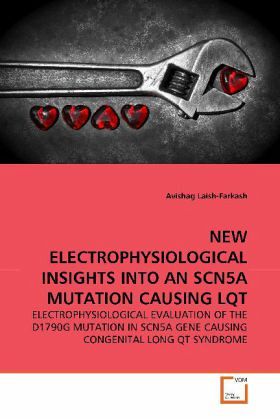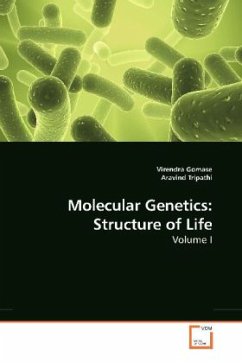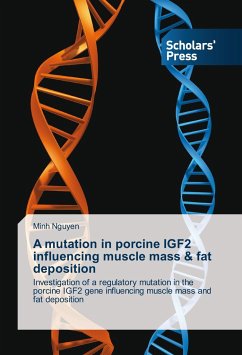
NEW ELECTROPHYSIOLOGICAL INSIGHTS INTO AN SCN5A MUTATION CAUSING LQT
ELECTROPHYSIOLOGICAL EVALUATION OF THE D1790G MUTATION IN SCN5A GENE CAUSING CONGENITAL LONG QT SYNDROME
Versandkostenfrei!
Versandfertig in 6-10 Tagen
32,99 €
inkl. MwSt.

PAYBACK Punkte
16 °P sammeln!
The D1790G mutation in the C-terminus of SCN5A gene causes long-QT syndrome (LQT). Flecainide was shown to normalize the QT-interval of D1790G patients. In contrast, lidocaine, which shortens QTc in LQT3 patients who are carriers of KPQ mutation, is ineffective in treating D1790G patients. These observations imply that the mechanism of QT prolongation in D1790G carriers is different. Over the last years different expression models showed conflicting results in trying to explain the QT prolongation in carriers of this mutation. Furthermore, it is now well established that ion channels, includin...
The D1790G mutation in the C-terminus of SCN5A gene
causes long-QT syndrome (LQT). Flecainide was shown
to normalize the QT-interval of D1790G patients. In
contrast, lidocaine, which shortens QTc in LQT3
patients who are carriers of KPQ mutation, is
ineffective in treating D1790G patients. These
observations imply that the mechanism of QT
prolongation in D1790G carriers is different.
Over the last years different expression models
showed conflicting results in trying to explain the
QT prolongation in carriers of this mutation.
Furthermore, it is now well established that ion
channels, including Na+ channels, can be regulated
by G protein subunits.
In an attempt to clarify the underlying mechanism,
this work characterized the mutation
electrophysiologically in frog oocytes and
investigated both the involvement of G protein
subunits and the effects of different medications on
the mutant channel.
Basic researchers and cardiologists may find that
this analysis helps to shed some light on the
structure-function relationship of the human sodium
channel, and that it can pave the way for a
therapeutic rationale for the patients.
causes long-QT syndrome (LQT). Flecainide was shown
to normalize the QT-interval of D1790G patients. In
contrast, lidocaine, which shortens QTc in LQT3
patients who are carriers of KPQ mutation, is
ineffective in treating D1790G patients. These
observations imply that the mechanism of QT
prolongation in D1790G carriers is different.
Over the last years different expression models
showed conflicting results in trying to explain the
QT prolongation in carriers of this mutation.
Furthermore, it is now well established that ion
channels, including Na+ channels, can be regulated
by G protein subunits.
In an attempt to clarify the underlying mechanism,
this work characterized the mutation
electrophysiologically in frog oocytes and
investigated both the involvement of G protein
subunits and the effects of different medications on
the mutant channel.
Basic researchers and cardiologists may find that
this analysis helps to shed some light on the
structure-function relationship of the human sodium
channel, and that it can pave the way for a
therapeutic rationale for the patients.












